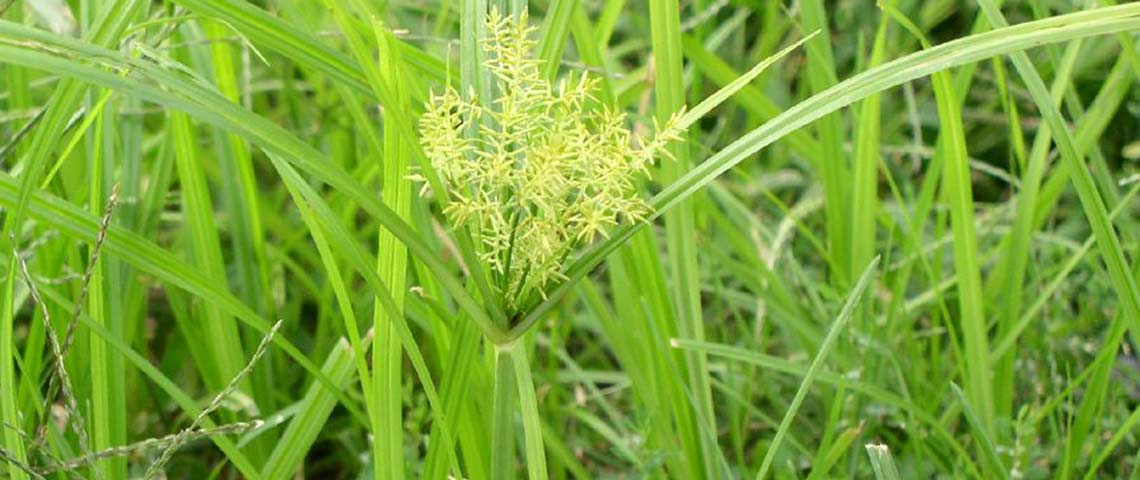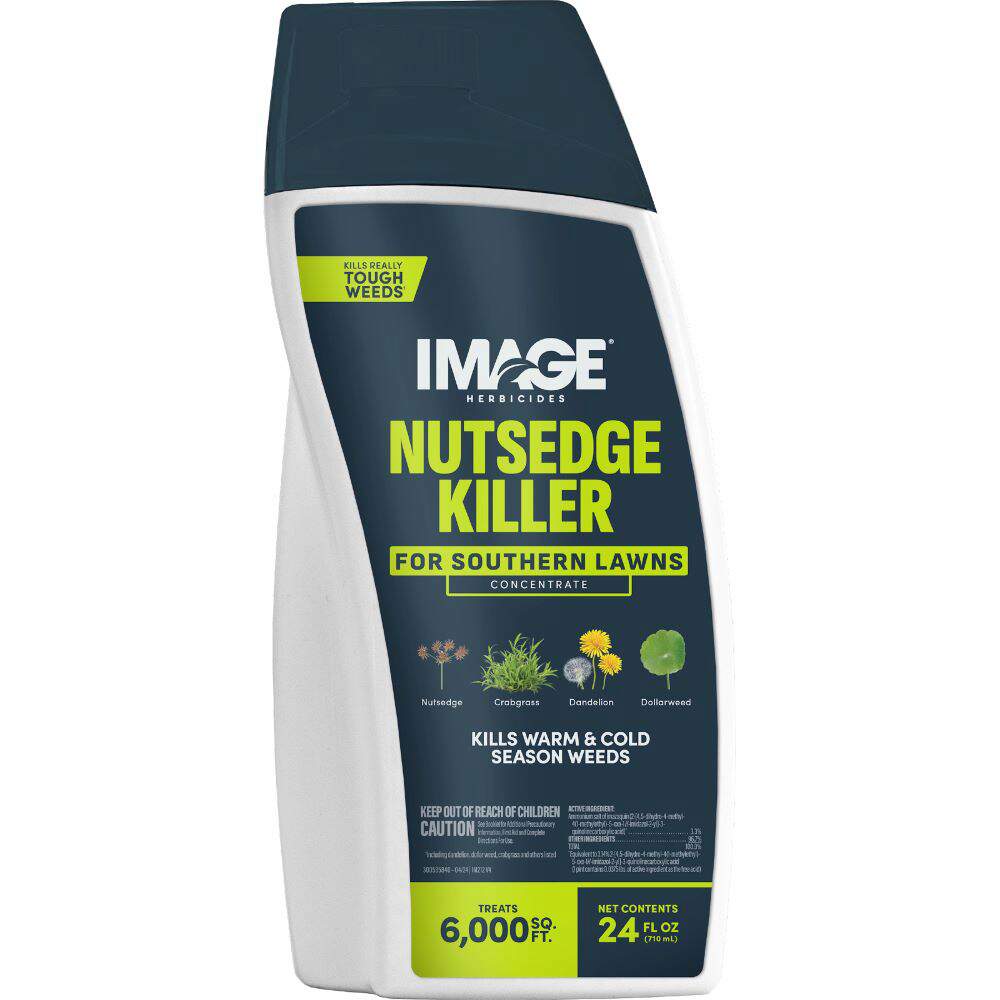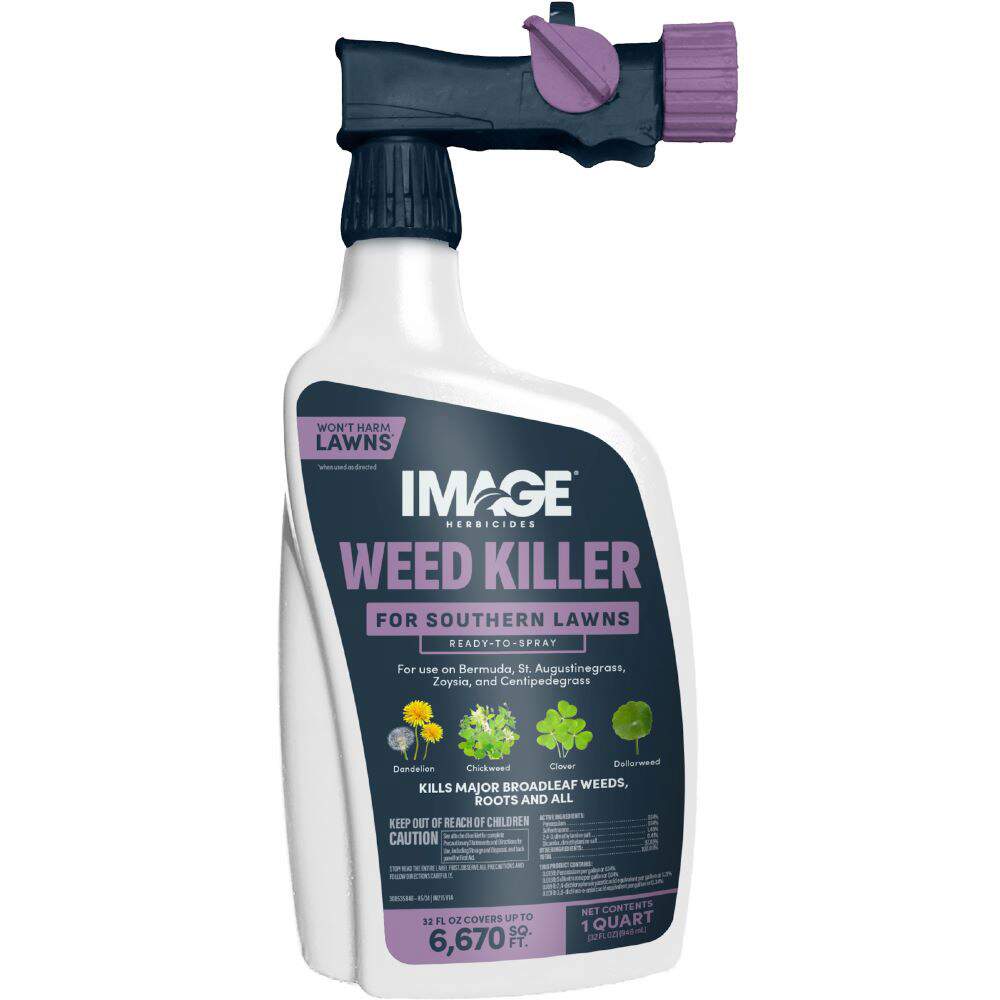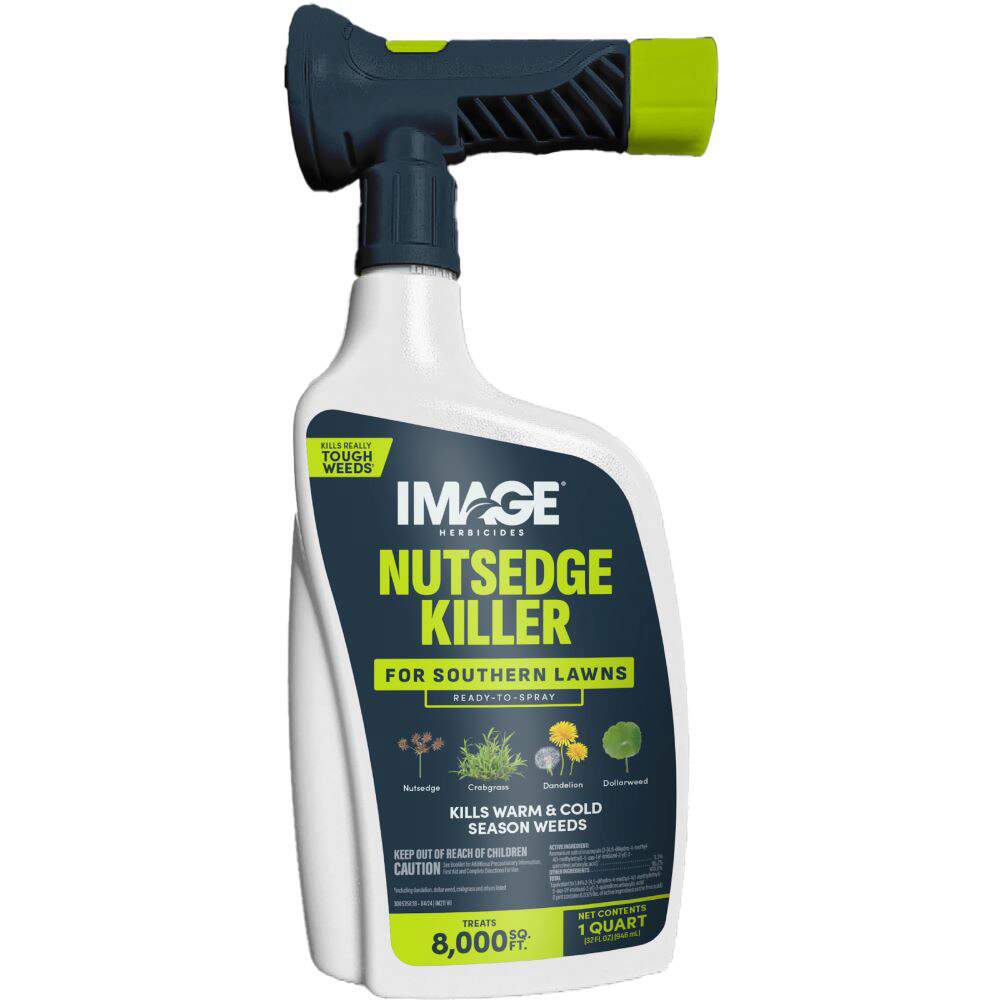HOW TO IDENTIFY YELLOW NUTSEDGE
Yellow nutsedge isn't a broadleaf weed or a weed grass. This tough perennial pest is a sedge. Its shiny, hairless leaves are bright green to yellow-green and grow in sets of three. Each V-shaped leaf has a distinct midvein and can grow up to 12 inches long. Yellow nutsedge's leaves gradually taper to a sharp point. In contrast, purple nutsedge's darker leaves come to a sudden point.
While grass stems are round, sedges have edges. Yellow nutsedge's solid stems have three sides that form a triangle. The erect, unbranched stems can grow up to 30 inches tall in unmaintained areas. Each stem produces a cluster of flowers held on tiny stalks that emanate from a central point. These flowering spikelets are golden-yellow to yellow-brown, in contrast to purple nutsedge's purple-red and purple-brown spikelets.
Like purple nutsedge, yellow nutsedge produces underground stems called rhizomes and tubers called nutlets. Yellow nutsedge rhizomes develop a single nutlet at their tip. Purple nutsedge produces a chain of nutlets along each rhizome's length.
WHERE AND WHY YELLOW NUTSEDGE GROWS
Yellow nutsedge is found throughout the United States. It's especially troublesome in the Northeast and Northwest. It often appears first in overly wet, poorly drained or overirrigated lawns and fields. But once established, this weed tolerates heat, drought, flooding and shade.
Yellow nutsedge spreads via a deep underground system of rhizomes, roots and "nutlet" tubers that escape winter cold and many common herbicides. One plant can produce thousands of tubers in a season and form a colony several feet wide. Unlike purple nutsedge, yellow nutsedge yields viable seed as well.
HOW TO CONTROL YELLOW NUTSEDGE
Because yellow nutsedge isn't a typical weed, many common weed killers can't control this sedge. When treating yellow nutsedge, always check product labels to ensure the product controls this weed and suits your lawn's grass type. Some lawn grasses are sensitive to certain herbicides, so always read labels carefully before applying.
Image Herbicides offer several highly effective liquid products to kill, control and suppress yellow nutsedge:
- Image Herbicides Nutsedge Killer for Southern Lawns, available in Ready-to-Spray and Concentrate products, is a selective, post-emergent herbicide that kills yellow nutsedge and other listed summer and winter weeds in southern lawns. The ready-to-spray product attaches to a regular garden hose for application. Use the convenient concentrate with a pump-style sprayer.
- Image Herbicides Crabgrass, Nutsedge & Weed Killer for Lawns, available as Ready-to-Spray and Concentrate, starts working on contact to kill and control yellow nutsedge. This selective weed killer can be applied to most cool-season and warm-season lawn grasses, but avoid using it on St. Augustinegrass lawns.
- Image Herbicides Weed Killer for Southern Lawns, available in Ready-to-Spray and Concentrate product forms, starts working immediately to control and suppress yellow nutsedge and other tough listed broadleaf weeds. These fast-acting products yield visible results in hours.
Yellow Nutsedge Control Tips: Yellow nutsedge nutlets can grow 18 inches below the surface, while nutsedge root systems reach depths of 4 feet. Nutlets can persist in soil for many years, protected from cold and most common herbicides. Stay on guard for nutlets to generate new plants, and treat these pests promptly.
If you're looking for a granular option for post-emergent weed control, Pennington Full Season Weed & Feed 25-0-8 suppresses yellow nutsedge and feeds your lawn.
Always read product labels thoroughly and follow instructions, including guidelines for lawn grass types, frequency of applications and seasonal maximums that may apply.
YELLOW NUTSEDGE GALLERY
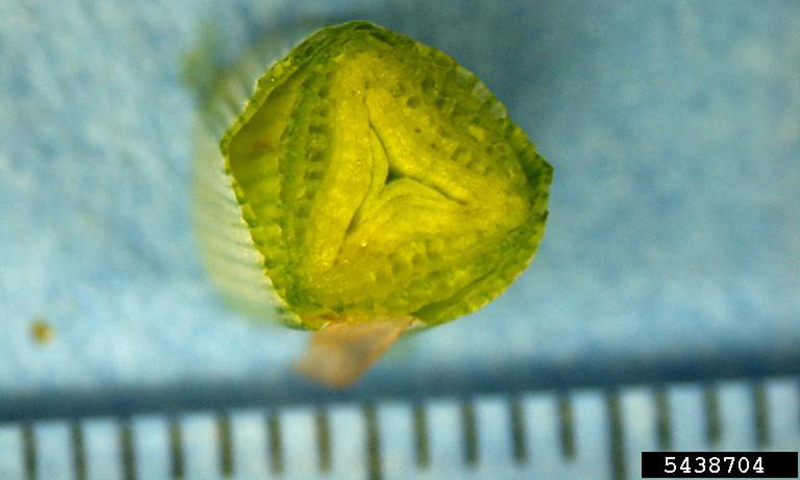
Yellow Nutsedge Stem
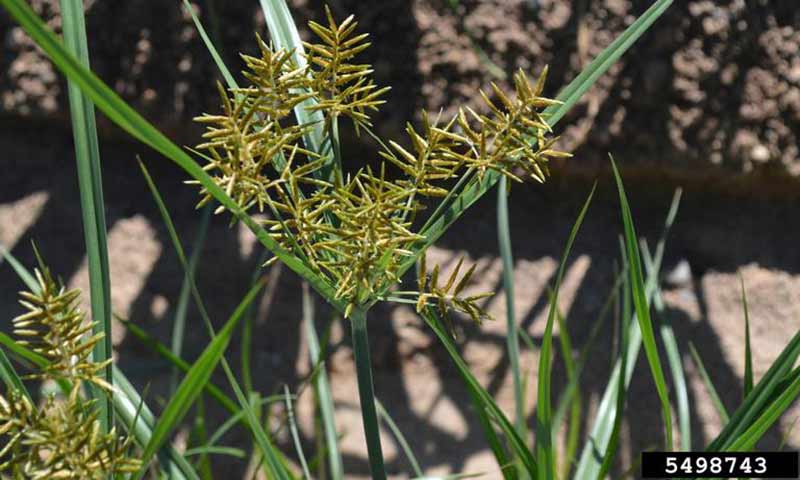
Yellow Nutsedge Spikelets
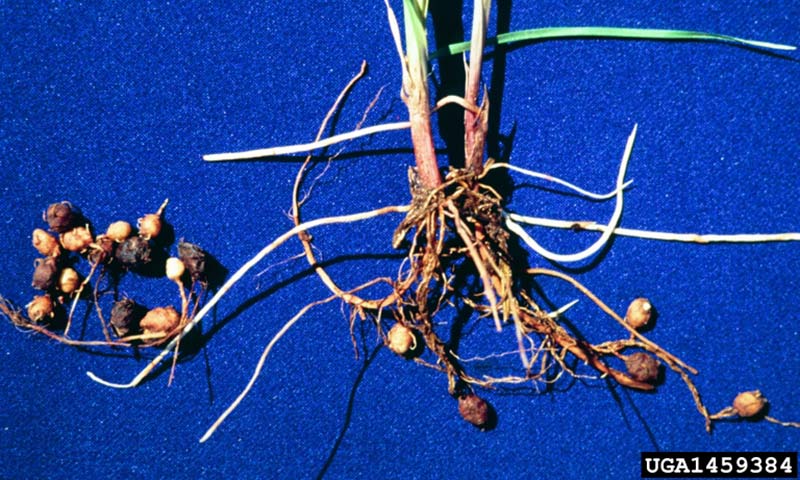
Yellow Nutsedge Roots and Nutlets
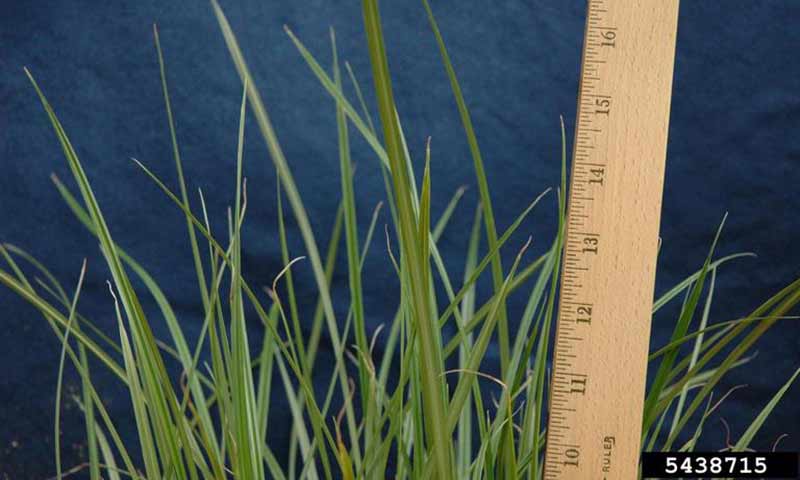
Yellow Nutsedge Foliage
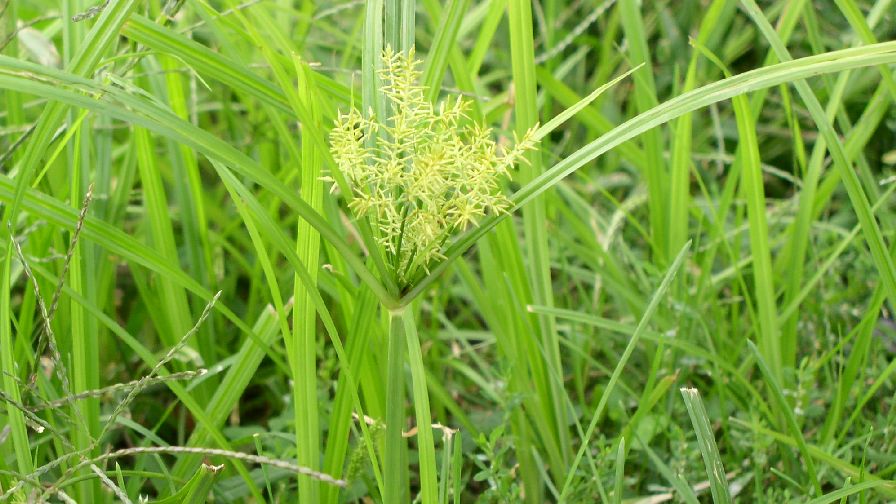
Yellow Nutsedge
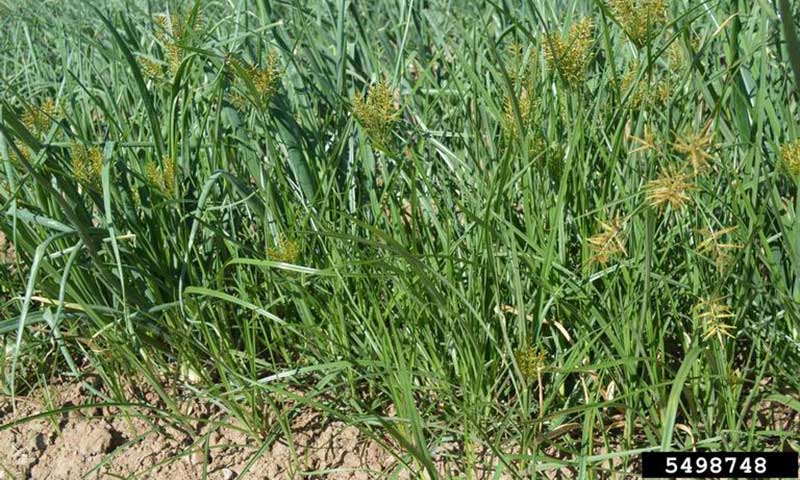
Yellow Nutsedge Patch

